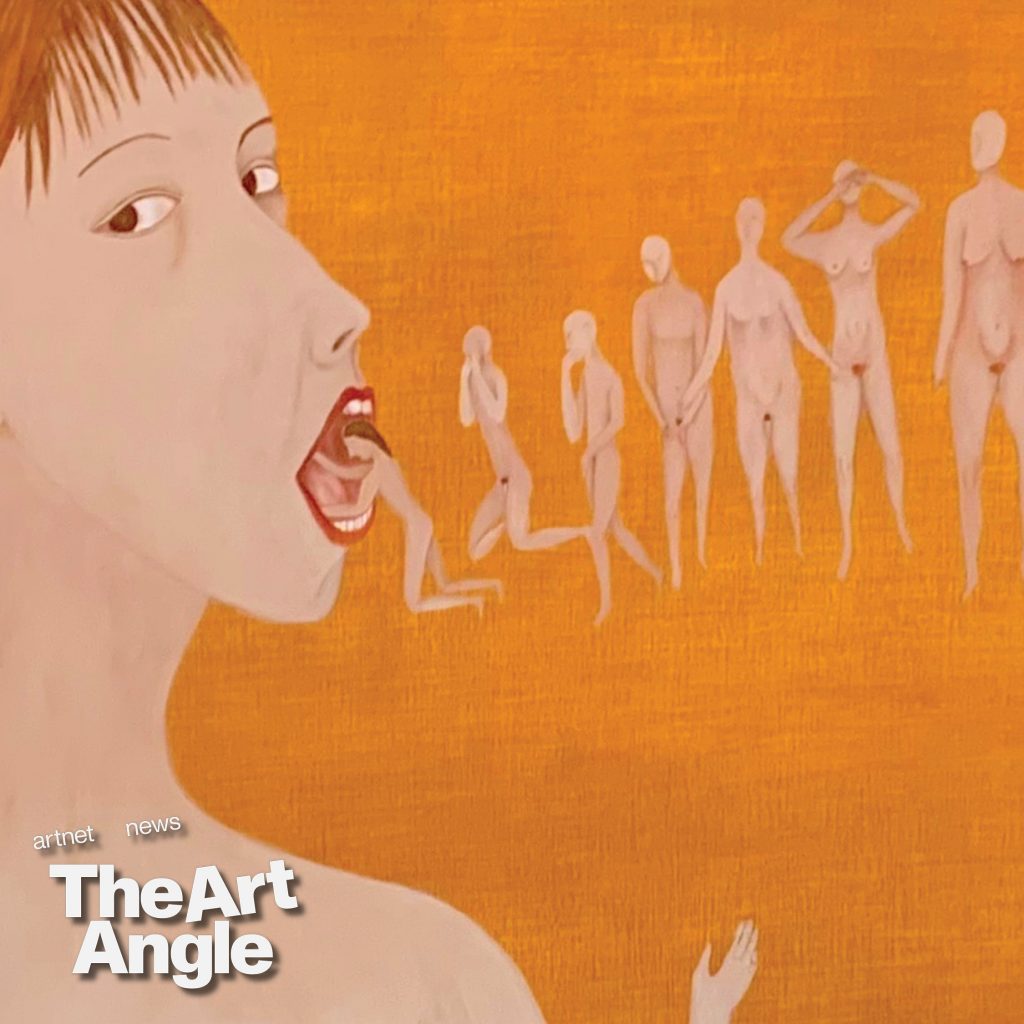The Art Angle
Is the Venice Biennale Any Good? Here’s What Three Art Critics Think
What worked, what didn't, and what it all means.

What worked, what didn't, and what it all means.

Artnet News

Welcome to the Art Angle, a podcast from Artnet News that delves into the places where the art world meets the real world, bringing each week’s biggest story down to earth. Join us every week for an in-depth look at what matters most in museums, the art market, and much more, with input from our own writers and editors, as well as artists, curators, and other top experts in the field.
At long last, the 59th Venice Biennale has officially thrown itself open to the world in Italy. The Biennale is always a big event for the art world, and the 2022 edition may be even more anticipated than usual. Because of the pandemic, it was delayed a year—the first time that has happened since World War II. And it emerges in a moment of global turmoil and uneasiness, when everyone is wondering how art might respond to the challenges of the present.
The Artnet News team was on the scene last week for the Biennale previews, with news reports from around Venice you can find on the site, including reports from the many national pavilions. But as listeners of the Art Angle will know, the big event of the Biennale is the main show, curated this year by New York-based Italian curator Cecilia Alemani, who was on the podcast a few weeks ago to talk about her vision. Now we get to see whether she pulled it off.
The show is given the dreamy title “The Milk of Dreams,” and it is full of dream-like images, references to myth and magic, beasts and cyborgs, and mystery. It is notable in being almost entirely composed of women or gender nonconforming artists. This Biennale is also notable for how it rethinks the past—normally a survey of new trends in art, this year the Biennale includes five special mini-exhibitions, shows-within-the-show that look at how female figures from the past explored the themes in “The Milk of Dreams.” In effect, Alemani is writing a new art historical timeline to insert their work into.
There is a lot to talk about in this ambitious and complex Venice Biennale. To do so, we have a panel of people who were in Venice: Artnet News’s national art critic Ben Davis was joined by Emmanuel Balogun and Barbara Calderón, both of whom are writing about aspects of the 2022 Biennale for Artnet News.
Listen to other episodes:
‘Assimilating Is Very Dehumanizing’: How Afghanistan’s Artists Are Making Their Way in Exile
‘Visibility Means Survival’: How the Art World in Ukraine’s Besieged Capital Is Fighting Back
The Art Angle Podcast: Marina Abramović on How Her Artistic Method Can Change Your Life
The Art Angle Podcast: Jennie C. Jones on Why You Should Listen to Her Paintings